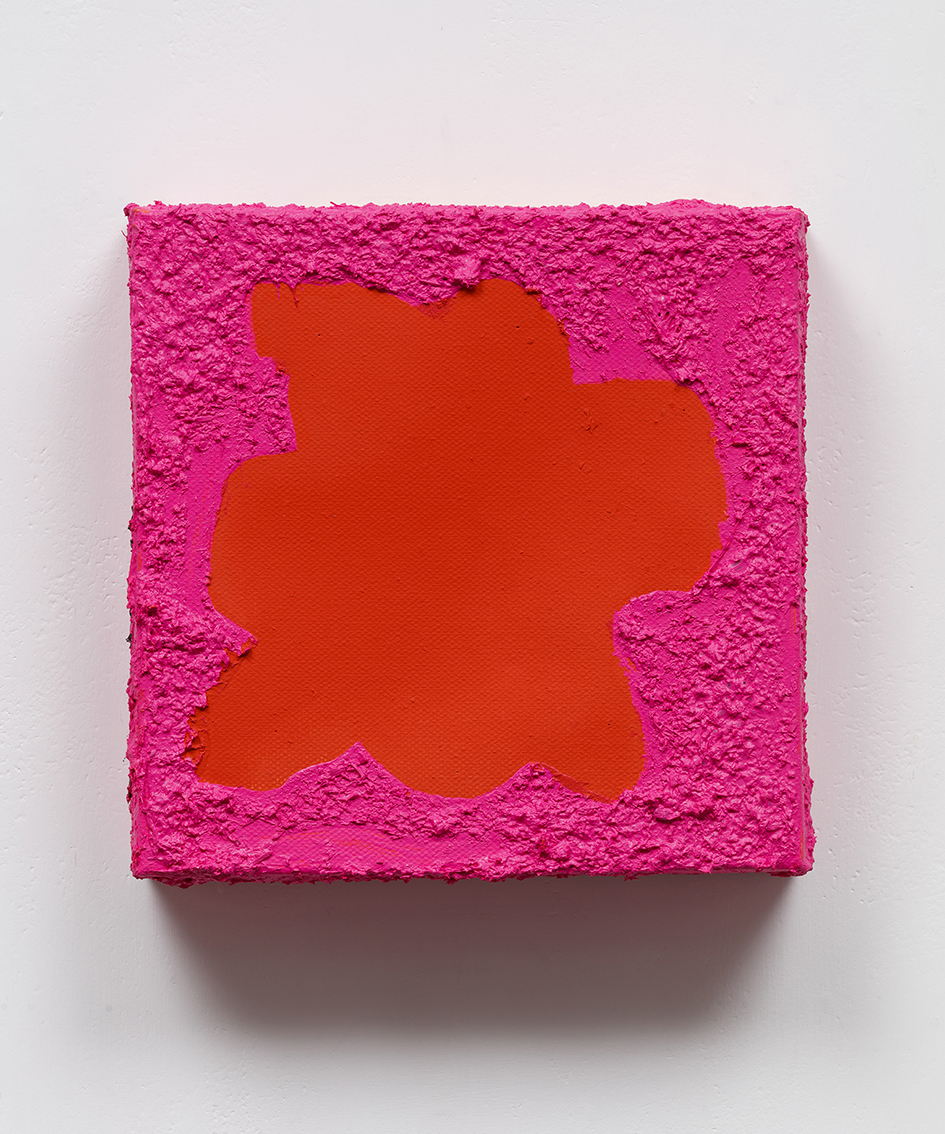|
●★ Giuseppe Torelli : Concerti grossi con una Pastorale Op. 8-12 ★●
Il Santtisimo Nafale Op.8
((Perfomed by Collegium Musium 90))
Giuseppe Torelli (22 April 1658 –
8 February 1709) was an Italian violist, violinist, teacher, and composer. Torelli is most remembered for his
contributions to the development of the instrumental concerto (Newman 1972, p. 142),
especially concerti grossi and the
solo
concerto, for strings and continuo, as well as being the most prolific Baroque composer
for trumpets
(Tarr 1974). Torelli was born in Verona. It is not known with whom
he studied violin though it has been speculated that he was a pupil of Leonardo
Brugnoli or Bartolomeo
Laurenti, but it is certain that he studied composition with Giacomo Antonio
Perti (Schnoebelen and Vanscheeuwijk 2001). on 27 June 1684, at the age of
26, he became a member of the Accademia
Filarmonica as suonatore di violino (Schnoebelen and Vanscheeuwijk
2001). By 1698 he was maestro di concerto at the court of Georg
Friedrich II, Margrave of Brandenburg-Ansbach, where he conducted the
orchestra for Le pazzie d'amore e dell'interesse, an idea
drammatica composed by the maestro di cappella, the castrato Francesco
Antonio Pistocchi, before leaving for Vienna in December 1699 (Schnoebelen
and Vanscheeuwijk 2001). He returned to Bologna sometime before February 1701,
when he is listed as a violinist in the newly re-formed cappella musicale
at San Petronio, directed by his former composition teacher Perti (Schnoebelen
and Vanscheeuwijk 2001). He died in Bologna in 1709, where his
manuscripts are conserved in the San Petronio archives. Giuseppe's brother, Felice
Torelli, was a Bolognese painter of modest reputation, who went on to be a
founding member of the Accademia
Clementina. The most notable amongst Giuseppe's many pupils was Francesco
Manfredini.
The Collegium Musicum was one of several types of musical societies
that arose in German and German-Swiss
cities and towns during the Reformation and
thrived into the mid-18th century. Generally, while societies such as the Kantorei cultivated vocal music for church performance and the convivium musicum discussed musical philosophy over a banquet, the collegia musica performed both vocal and instrumental music for pleasure; they focused on instrumental music as it rose in stature during the Baroque era. Though closed amateur societies in concept, collegia frequently included professionals to fill out the music and admitted non-members to performances. Moreover, they often provided music for church, state, and academic occasions and gained the patronage of leading citizens. From the 1660s, their functions largely constituted the beginnings of public concert life in Germany. ● LeipzigLeipzig collegia musica, consisting mostly of university students, enjoyed a succession of particularly illustrious directors, including Johann Kuhnau (1688), refounded by Telemann (1702),[1] and Bach (1729–1737), who composed several concertos and dramme per musica for weekly performances at Café Zimmermann, Gottfried Zimmerman's coffeehouse, and for "extraordinary" concerts. Telemann went on to promote professional concerts by Frankfurt and Hamburg collegia in the late 1720s, thus fostering the emergence of public subscription concerts in Germany. With the Moravian emigration, American collegia sprang up beginning in 1744 in Pennsylvania, Maryland, Ohio, and the Carolinas. In 1909, Hugo Riemann refounded the Leipzig collegium within the University, initiating a widespread modern trend in German and American universities to foster the performance of early music on original instruments or replicas. The term collegium musicum has thus come to be associated in large measure with university ensembles that perform early music, though from a historical perspective, the term need not imply any restriction in repertory. ● Other citiesAlthough the Collegium Musicum (Leipzig) became the most famous, due to its association with Bach other cities had similar institutions. The Collegium Musicum (Hamburg) was an amateur musical ensemble founded in Hamburg in the 17th century by Matthias Weckmann, as a compliment to the professional Hamburger Ratsmusik. ● Modern ensemblesVarious modern ensembles have taken the name, including:
● References
● Collegium Musicum 90Collegium Musicum 90 is an English baroque orchestra playing on period instruments. It was founded by violinist Simon Standage and conductor Richard Hickox in 1990 and was jointly directed by them (either together or separately) until the death of Hickox in November 2008. Collegium Musicum means something like musical guild and was used generically as the name of musical societies and ensembles in the baroque era, and is sometimes used similarly today by ensembles playing early music. Simon Standage was leader of baroque orchestra The English Concert under Trevor Pinnock from 1973 to 1991, often performing as violin soloist, while Richard Hickox had an initial background as a Cambridge University organ scholar and then became a conductor. Hickox founded the City of London Sinfonia and the Richard Hickox Singers in 1971 for the performance of Baroque music on modern instruments, for which Standage was concertmaster, then went on to pursue a career as a choral conductor of the London Symphony Chorus, as well as conducting large symphony orchestras and opera. Collegium Musicum 90 was founded to be a standing period instrument orchestra specialising in baroque and early classical music which would enable Standage to direct regularly for the first time and Hickox to return emphatically to the baroque repertoire. The orchestra has recorded extensively for Chandos Records; Standage has directed violin concertos and concerti grossi with himself as soloist, and Hickox has directed large-scale vocal repertoire with the group. They have toured around Europe and the United Kingdom, and performed at the Proms and other music festivals. | |
'Lecture Concert' 카테고리의 다른 글
| 베토벤 - 라주모브스키 4중주 (0) | 2015.07.13 |
|---|---|
| 슈베르트 - 린덴바움~ (0) | 2015.07.13 |
| 클라라 하스킬~ (0) | 2015.07.13 |
| 그뤼미오 & 하스킬 - 모차르트 (0) | 2015.07.13 |
| 스타니슬라브 부닌 - 쇼팽 (0) | 2015.07.13 |

